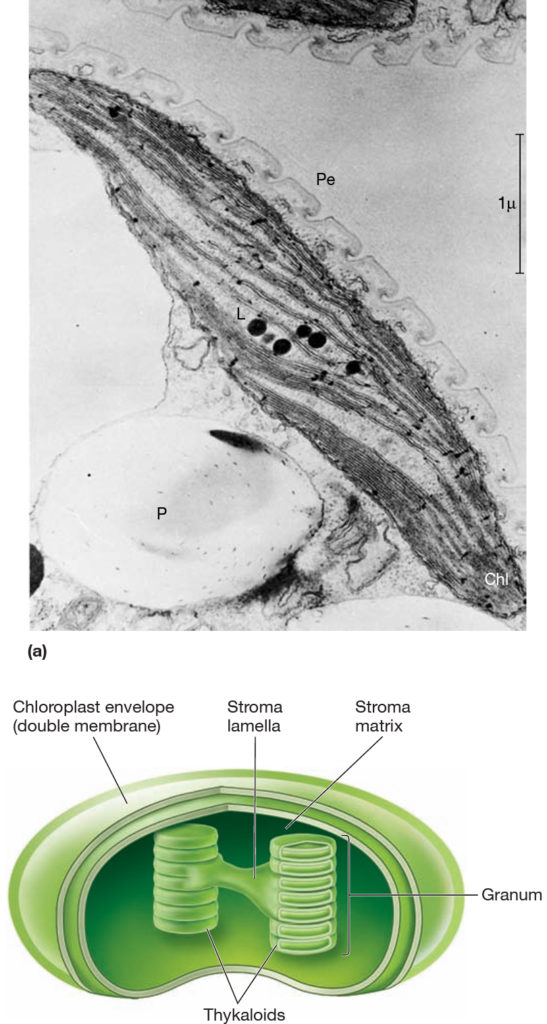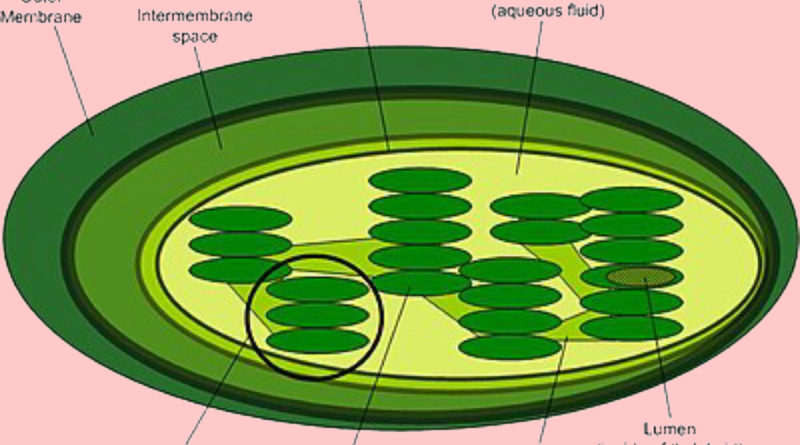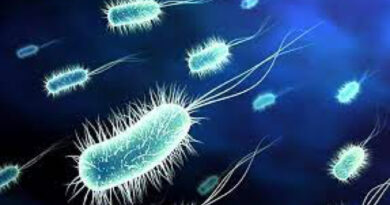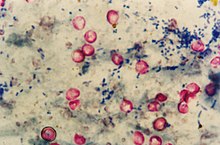Introduction To Chloroplasts
Plastids are cytoplasmic organelles of photosynthesis. They are often possess in protists and plants in the form of chlorophylls and carotenoids, and serve as the sites of photosynthesis and storage of food reserves.

The most important type of plastid is chloroplast. Chloroplasts contain chlorophyll and use light energy to convert CO2 and water to carbohydrates and O2.
Although chloroplasts are quite variable in size and shape, they share many structural features. Chloroplasts are also included in semiautonomous bodies. As they have their own DNA and can divide independently.
If we consider its shape, they are oval with dimensions of 2 to 4 micrometer to 10 micrometer, but some algae possess one huge chloroplast that fills much of the cell. Similar to mitochondria, chloroplast also have two membrane. A matrix, the stroma, lies within the inner membrane. It consist of DNA, ribosomes, lipid droplet, starch granules, and a complex internal membrane system whose most prominent components are flattened, membrane-delimited sacs, the thylakoids.
Clusters of two or more thylakoid found scattered in stroma in most chloroplast. In some photosynthetic protists, several disklike thylakoids are stacked on each other like coins to form grena.Photosynthetic reactions are separated structurally in the chloroplast. The trapping of light energy to generate ATP, NADPH, and O2 is called as light reactions. These reactions are located in the thylakoid membranes, where chlorophyll and electron transport components are also found. the ATP and NADPH formed by the light reactions are used to form carbohydrates from CO2 and water in the dark reaction. The dark reaction occur in stroma.



